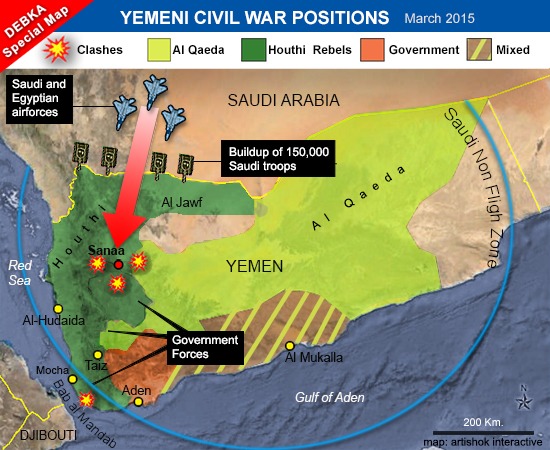Djibouti (HAN) September 25, 2015 – Public Diplomacy and Regional Crisis Initiative News. Understanding the roots of conflicts in the Middle East is essential for any voter or policymaker to look eye on:
Control of the Bab el Mandeb Strait, the choke point between Yemen and Djibouti
The Middle East remains a major policy issue for most countries outside the region, and it is a source of ongoing instability that affects the world at large. Understanding the roots of conflicts there is essential for any informed voter as well as for policymakers.
Complicated current issues begin to unravel into easier-to-understand threads when you follow the history and the centuries-old tale of Arabs and Persians, Sunnis and Shiites, and their long-standing animosities toward each other.
Though Shiites comprise a minority within the Islamic world, their stronghold in present-day Iran – coupled with the toppling of Saddam Hussein’s Sunni regime in Iraq and alliances with groups like Hezbollah – have helped to expand the influence of Shiite Islam throughout the region.
Click to access infographic to gain a clearer understanding of the dividing lines and alliances of pro-Sunni or pro-Shiite groups that define the Middle East today.(Click Full Report)
HAN & Geeska Afrika Online (1985-2015), the oldest free independent Free Press in the region, brings together top journalists from across the Horn of Africa. Including Ethiopia, Somalia, Eritrea, Sudan, Djibouti, South Sudan, Uganda, Kenya, Oromo, Amhara, Somali, Afar and Harari. Plus, we have daily translations from 150 major news organizations in the Middle East and East African regions. Contact at news@geeskaafrika.com


Leave a Reply